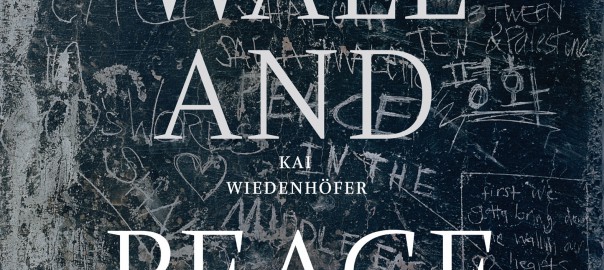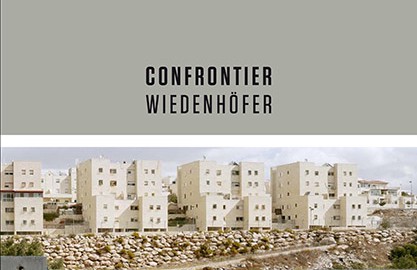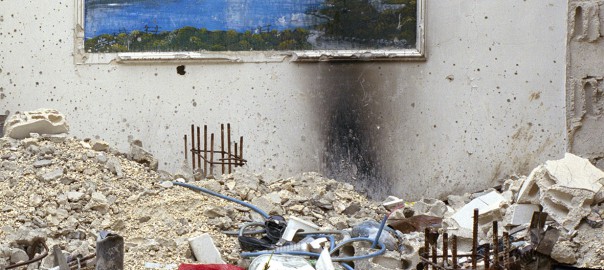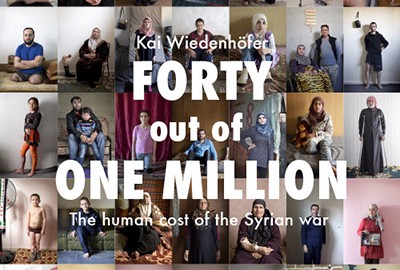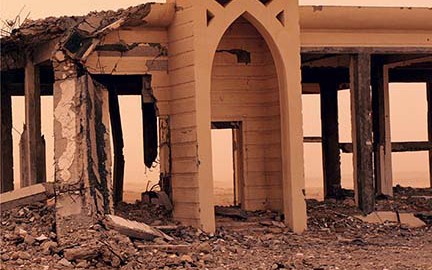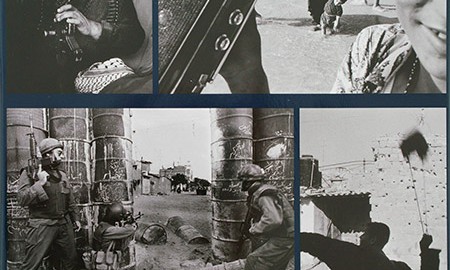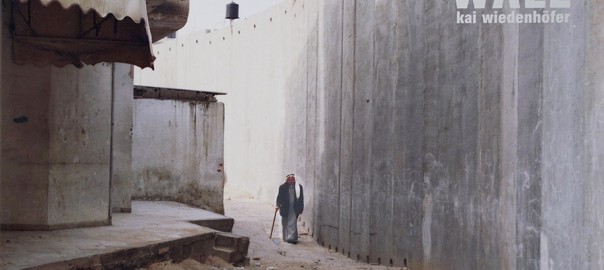Good fences make good neighbours people say but in reality they usually make real enemies. Peace starts where walls fall and not where they are erected – the Berlin Wall is the best proof for that says photographer Kai Wiedenhöfer who is based in the German capital. Between 2003 and 2018 he made ten journeys to Israel and the Occupied Palestinian Territories to document fences, walls and checkpoints of the separation barrier which the Israeli governments is still building.
From his experience of photographing the Israeli – Palestinian conflict over tree decades, the barrier worsens the problems in the Holy Land. The wall itself cements the assumed righteousness of the Israelis and is an aggression against the Palestinians who are caged in and become more frustrated. The paradox of the wall: It enhances the violence is supposed to curb. That creates the necessity for more policing and fortification – nonetheless the wall is regarded as a guardian of order, peace and stability.
